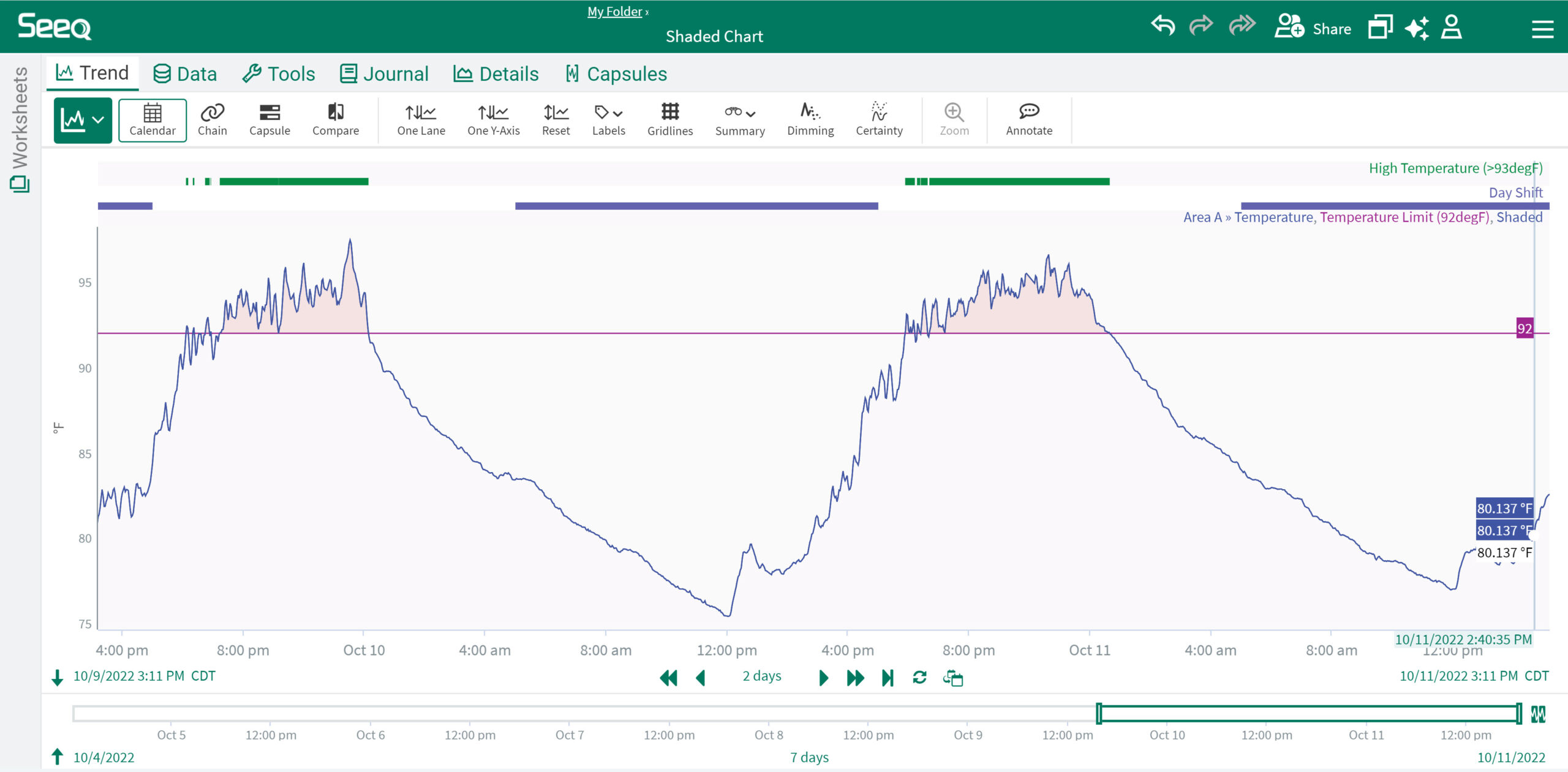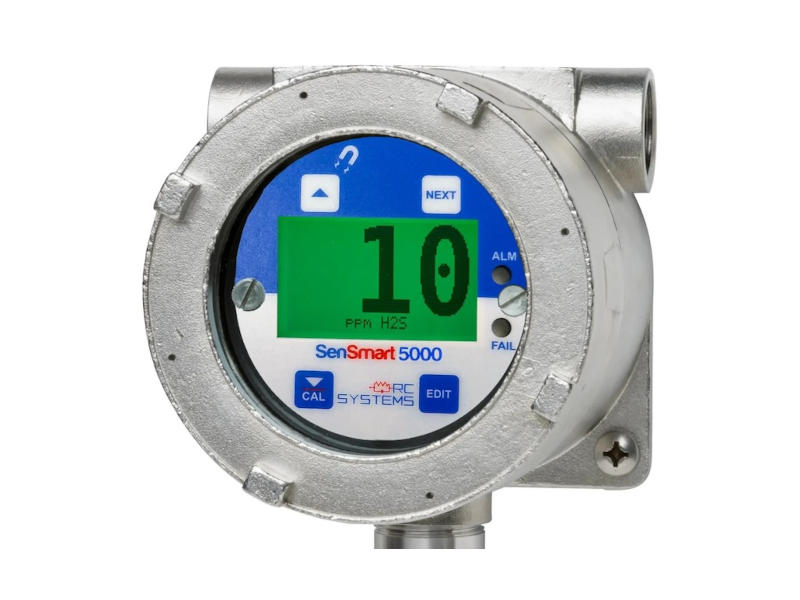The concept of consignment isn’t new, and it’s not particularly complicated. It’s one of the most effective ways to increase turnover and minimize inventory carrying costs while assuring an adequate supply of materials. Yet few use consignment effectively, if at all.
The concept of consignment isn’t new, and it’s not particularly complicated: a supplier agrees to place inventory on your site and they don’t invoice you for it until you use it. It’s one of the most effective ways to increase turnover and minimize inventory carrying costs while assuring an adequate supply of materials. Yet fewer than half of the plants I visit use consignment effectively, if at all.
Why would anyone pass up such a valuable opportunity? Let’s examine some of the more common “reasons” (i.e. excuses) that we run into, and see if we can’t convince you that what is perceived as a real barrier may be just an artificial roadblock that can often be eliminated – sometimes very easily.
1. “We don’t know which items to set up as consignment.”
Fair enough. If you happen to use an ABC Classification to prioritize your inventory, then the best place to look is probably in your “A” items, because they probably have the largest turnover and a significant impact on your investment. If you don’t use an ABC Classification, then you can either calculate the turnover for each item (annual usage divided by average inventory) and focus on the highest turnover items first.
At the very least, you should be able to identify your critical spares (those items that absolutely positively must be in the storeroom) and start with the highest cost items. That’s three good options.
2. “We can’t predict our usage.”
Also a fair argument. There’s no easy way to predict the usage of many MRO parts, especially critical spares. Even if you use an ABC Classification, there’s no guarantee that past usage is any reasonable prognosticator of future demand.
However, if you use an ABC Classification based on usage, or at least calculate item-level turnover, you can identify the parts that have the best chance of being used again in the near term.
3. “If we don’t use the material, our supplier will make us pay for it.”
And if they don’t consign it to you, you’re eventually going to have to buy it anyway. Even if you have a consignment agreement that requires you to pay for any inventory if it’s not used within, say, six months, that’s still better than paying for it right away.
For your highest-volume items (the ones that would be on consignment to begin with) you’re most likely still going to buy the parts. This way you can at least defer the payment, the storeroom inventory, and the associated carrying costs on the investment for that period of time. At 20% or more annual carrying costs, that can be quite a significant saving.
4. “Our system doesn’t support consignment.”
Possibly. It’s also possible your system would support it and you just don’t know it. In either case, if you can’t figure out how to use the system to track consignment, use Excel or paper and pencil. It’s worth it.
5. “Our suppliers won’t consign material to us.”
This usually means that the first attempt generated a less-than-enthusiastic response from the supplier, so you now assume that no one will ever consign material to you. If you’re convinced that you’ve made an honest effort, and your supplier still won’t play along, then the obvious answer might be to get a new supplier.
Unfortunately that doesn’t necessarily take care of the problem. You may need to guarantee some level of future demand, and/or even pay a premium price. You’d be surprised what your suppliers will do for you if there’s a benefit to them. They might buy back the initial consignment inventory, set up a dedicated consignment area, perform physical inventories, etc. just to gain your business.
Strive for a win-win agreement, where both parties benefit. This is the true spirit of a supplier partnership vs. a traditional customer/supplier relationship and is key to most effective consignment arrangements.
6. “We tried it before and it didn’t work.”
Really? Maybe you never figured out why it didn’t work. Do you give up on something because it doesn’t work the first time?
Keep at it. Persistence pays off, literally. Try new items, new suppliers, new terms and conditions. Try anything and everything until you are certain there’s nothing else to try. Then try again.
7. “We had consignment before but it didn’t provide the benefits we expected.”
Maybe you set your expectations too high. Maybe you didn’t capture the benefits accurately. What is it you were hoping to achieve? Consignment generally will not improve service, since in most cases the consigned materials would otherwise be in the storeroom anyway.
The benefits of consignment should show up almost immediately in terms of inventory investment reduction (assuming buy back or consignment of initial inventory), and later on in terms of improved turnover (once the consigned items are used).
As far as hard savings, any inventory reduction directly attributable to consignment can be considered a cost reduction based on the value of the consigned inventory times the annual carrying cost percentage. These are tangible costs that can be avoided by converting the inventory to consignment.
8. “It’s too much work.”
Your time will be well spent if you’re ultimately able to set up effective consignment arrangements on the right items. If you keep trying (and failing) on the same item, you need to look up the definition of “insanity” and move on. If you’re spending any time on small value items such as fasteners and fittings or consumables, you need to become familiar with “Vendor Managed Inventory” and take a different approach.
If you’re bogged down in negotiations on Terms and Conditions, you’ve become mired in minutiae and have lost sight of the big picture. Setting up a consignment arrangement isn’t necessarily easy, but it also shouldn’t be so time consuming that it takes all of your energy just to think about doing it.
9. “I don’t know how to set up a consignment agreement.”
Have you heard of the Internet? There are templates, samples, fill-in-the-blank forms. Just go to your favorite search engine and type in “Consignment Agreement.” Al Gore will thank you.
To paraphrase Dr. Wayne Dyer, excuses are self-defeating behaviors that allow us to blame something or someone else and therefore shirk our responsibility for accomplishing a task. Usually we can get away with excuses, unless someone (including ourselves) holds us accountable for meeting the objective. If you want to take advantage of the opportunities that are out there for consignment, you simply need to view these “reasons” as what they truly are: excuses.
With the right approach, the right mindset, and the right set of tools, almost anyone can establish and easily manage effective consignment arrangements and realize the true benefits that can be obtained from rising to the challenge.
Doug Wallace, CPIM, has more than 30 years of combined experience in supply chain operations and management consulting, specializing in the areas of global enterprise planning, production and inventory control, and materials management. As a Materials Management Subject Matter Expert for Life Cycle Engineering), his primary focus is on implementing best practices in procurement, warehouse operations, inventory optimization, and utilization of associated business and information systems. He can be reached at [email protected].



